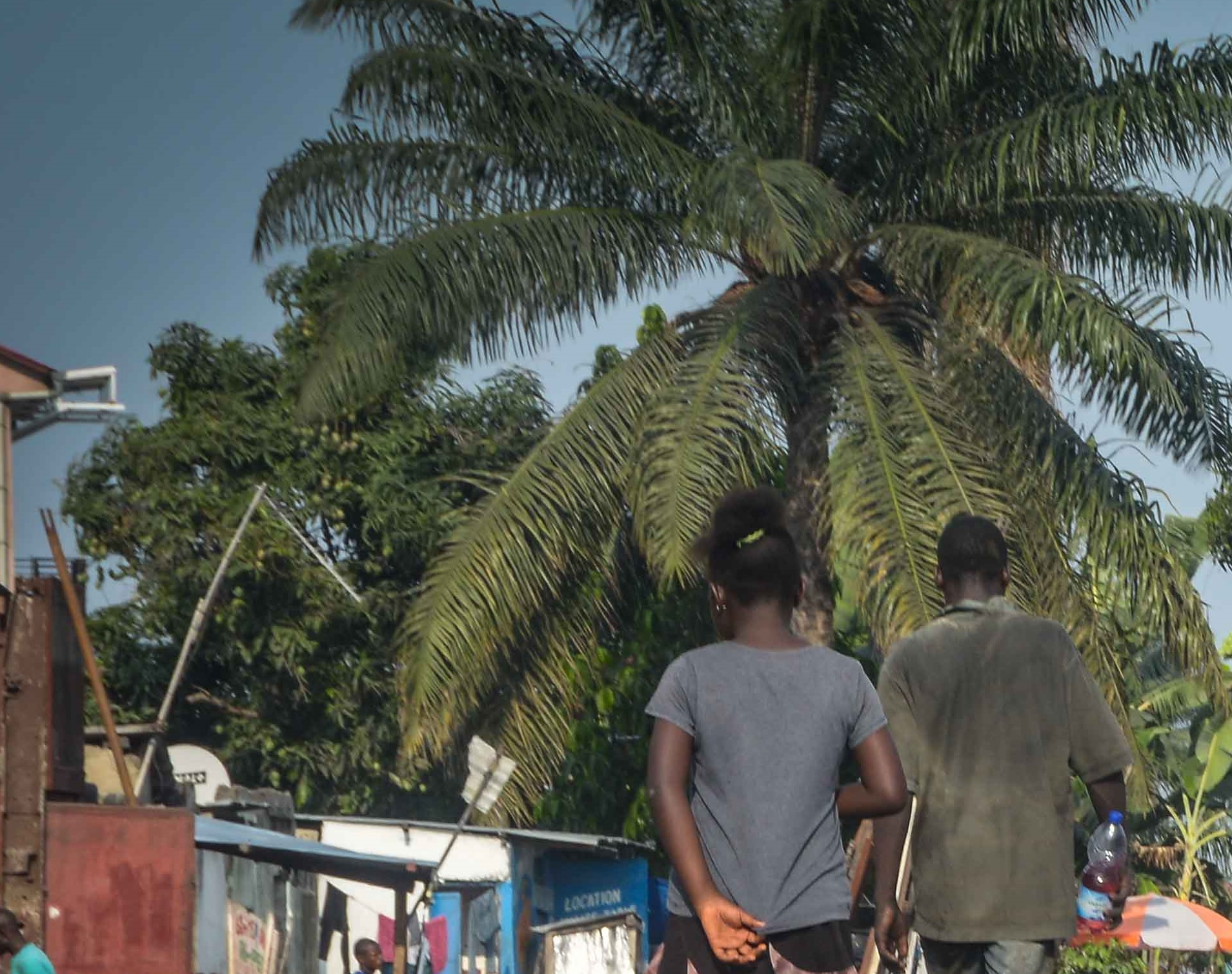31 May 2020
Highlights of the CAFI 2019 Annual Report
Firmly set on its trajectory to simultaneously promote sustainable development and the preservation of forests in the Central African region, CAFI recorded a number of successes in 2019, through its unique combination of high-level policy dialogue and direct investments on the ground.
CAFI signed a US$ 150 million landmark agreement with Gabon for results-based payment, the first time an African country will be rewarded in a 10-year deal for both reducing its greenhouse gas emissions from deforestation and degradation, and removals of carbon dioxide by natural forests.
President Macron of France (on behalf of the CAFI Presidency) and President Sassou of the Republic of Congo signed a US$ 65 million Letter of Intent. The Republic of Congo committed to protecting its peatlands and limiting the conversion of forests to 20,000 hectares per year, and this only outside of forests with high carbon stocks and high conservation value.
On the programming side, CAFI has funded or committed to funding 23 programmes for a total of over 232 million, with over 137 million dollars disbursed to date. The Initiative entered a new phase of the partnership with the Democratic Republic of the Congo. A renewed dialogue with the new Minister of Environment concluded with a joint Forest Sector Roadmap to be implemented early 2020. The conclusion of the independent verification of the milestones of the Letter of Intent led to the high-level adoption of a joint Action Plan that in turn allowed the opening of the 2nd tranche of CAFI funding.
Funding commitments and deposits continued to increase, with Germany’s signature of a contribution agreement of over US$ 30 million to the CAFI Fund, South Korea’s announcement of a contribution of US$ 2 million to the CAFI Fund, and the signature of the European Union US$ 17 million agreement to the CAFI Fund. This brings the CAFI Fund capitalization to over 300 million US$.
Funding turned into action, as programming continued and programmes took off, with
- The 4th sub tranche of US$ 28 million disbursed from the CAFI Fund to DRC for the implementation of its portfolio bringing the transfers to a total of US$ 150M since 2016. A landmark sectoral program for orienting agriculture towards savannahs and degraded areas and another on the sustainable management of forests were approved, as well as an 8th province-wide program (Mongala) covering all sectors.
- Concrete results of the first programmes in the DRC were recorded on the ground, such as, just to name a few, first improved crop seedlings in 5 provinces, hundreds of hectares of sustainable subsistence crops and fuelwood plantations, 22 local agricultural councils and over 600 household cooperatives established, a strong land tenure reform commission established, more than 100 local land-use and natural resource management plans and over 50 thousands years of couple-protection already distributed.
- US $ 12 million newly committed to develop additional programmes in Gabon, adding to the existing 18.4 million approved in 2018.
- The finalization of the programming framework under the Letter of Intent with the Republic of Congo that prepared the grounds for a call for expression of interest in early 2020
- On the international scene, at the United Nations Secretary General Climate Action Summit, Heads of State from CAFI donors and partners countries highlighted the key role of Central African Forests for climate action, prompting unprecedented coverage by top tier international media and shifting the global narrative on Central African forests
- Social media exposure (Twitter) grew to maintain CAFI’s position as a major player in the arena of climate, forest and development efforts in Central Africa, and partnerships grew with civil society with the organization of the first CAFI Dialogues in Bonn.
The overall context remains cause for concern: while deforestation is stabilized in some countries (Congo, Gabon), 14 million hectares of tree cover are estimated to have been lost across the CAFI partner countries between 2000 and 2018[1]. Accelerating programme implementation, increasing policy dialogue especially in DRC, raising funds to scale up and maintaining high level commitments will be the challenges of the few coming years.
[1] From approximately 269 million hectares in 2000 to approximately 255 million hectares in 2018. Source GFC v1.6, with threshold 50%. Communication by FAO to the CAFI Executive Board, October 2019.

